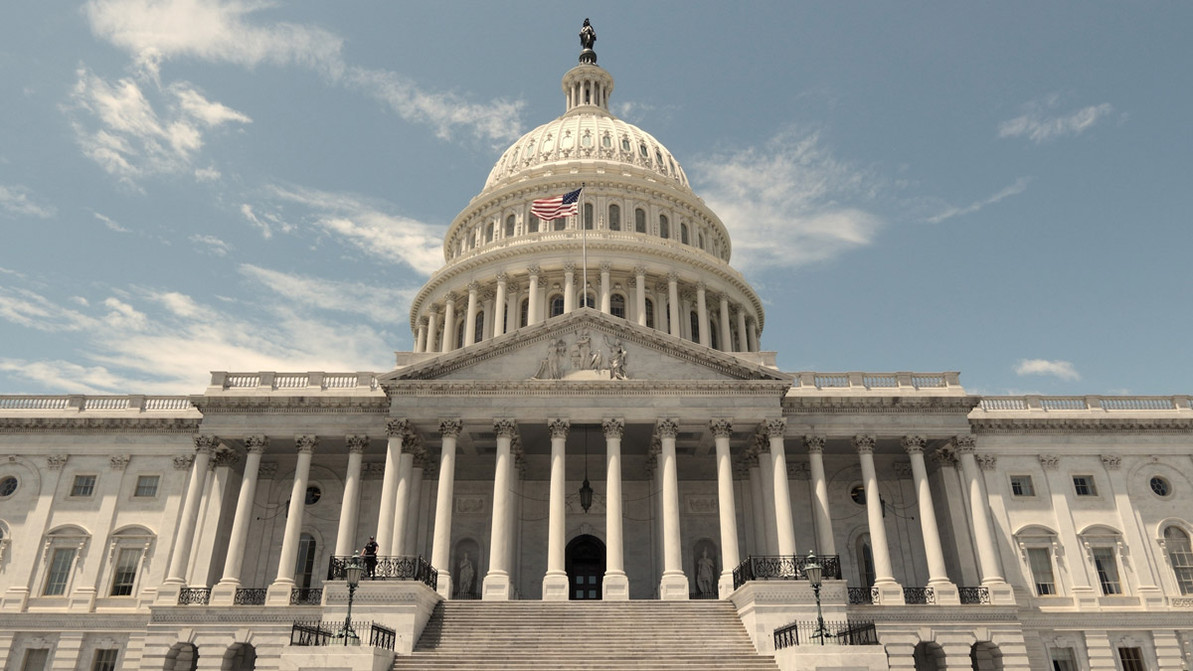US Supreme Court Ruling Impacts EEO: 5 Tips For Employers
Since 1964, Title VII of the Civil Rights Act has protected employees from discrimination "on the basis of sex." But over the intervening years, the precise interpretation of this equal employment opportunity (EEO) legislation remained mired in confusion. Workers and bosses didn’t know whether it extended protection to gay and transgender people too.
On June 15, 2020, we got an answer. Conservative and constitutionalist Supreme Court Justice, Neil Gorsuch, announced that the court had decided that members of the LGBT community were protected under existing legislation by a six to three margin.
The original Civil Rights Act (1964) is a document that barred discrimination based on what lawmakers at the time called "sex." Fifty years ago, the sexual landscape looked very different. And the people who drafted the bill didn’t define whether sex referred to a person’s transgender status or sexual orientation. Since 1990, Congress has been tip-toeing around the issue, trying to construct new laws that would amend and improve on the original to reflect modern attitudes, but to no avail.
The Supreme Court Decision
The Supreme Court ruling marks a sea-change in legal perspective on the matter. The “Bostock” decision of June 15 is the consolidated outcome of three cases held at the Second, Sixth, and Eleventh Circuits over preceding years involving plaintiffs unhappy about being fired for being gay and transgender.
The courts had differed in their interpretation of Title VII. The Second and Sixth Circuits determined that firing people on the grounds of being gay or transgender was illegal. But the Eleventh determined that it was legal, thus prompting the Supreme Court case.
Justices at the Supreme Court had to rely on their logical reasoning skills to come to a decision. They eventually came down in favor of the Second and Sixth Circuit rulings for the following reason: discrimination based on homosexuality and transgender necessarily involves discrimination "on the basis of sex." You can't have one without implying the other, they decided, even though issues such as being gay and transgender are conceptually distinct.
The decision, however, didn’t go uncontested. Justices Brett Kavanagh, Samuel Alito, and Clarence Thomas all argued that the court was usurping Congress's role by modifying the interpretation of Title VII. And they pointed out that the people who formulated the original Civil Rights Act (1964) never envision such broad application of the word "sex." However, the decision now stands, and companies must react.
5 Tips For Employers
In light of these legal changes, employers need to take steps immediately to update their hiring and firing policies to bring them into line with the updated Supreme Court EEO decision.
1. Update and Share EEO Policies With Employees
Companies need to ensure that their EEO documents to reflect the new reality. For many organizations, nothing will change. Many firms already had robust EEO policies in place to protect LGBT staff members from discrimination in the workplace well before the ruling.
Others, however, are at risk. The new law opens up the possibility of suits for firms that do not officially express condemnation of discrimination again gay and transgender people. Thus, if you haven't updated your EEO documents already, you should do so quickly to avoid any possible legal issues that could crop up in the months ahead.
2. Additional EEO Compliance Training
Companies need to do more than merely update their EEO compliance posters. They should also engage in active training to educate employees on LGBT issues.
Organizers should tailor all sessions to the audience. Sessions for employees should include discussing LGBT discrimination issues and implementing refresher courses for people who haven’t done it for a while. Leaders and other people on the frontline of implementing the new law should get separate instruction to guide them on making sure that everyone in their organization complies with the law.
3. Update dress code policies
The recent Circuit Court decisions (on which the Supreme Court based its ruling) did not consider the matter of sex-specific workplace attire explicitly. However, given the direction of the courts, it might be wise for employees to stop insisting that men wear trousers and women wear skirts.
Dress codes are still allowed, but they should not link directly to the underlying sex of the person wearing them. The best approach here is to list permitted clothing items that anyone in the organization can wear. For instance, if you operate a fast-food restaurant, you might specify a list of allowed skirts and trousers, without segregating who can wear them by sex or any other protected EEO category.
Some businesses might be able to continue with sex-specific dress codes. Still, they should prepare themselves to prove that they’re part of the essence of the operations of the business. Where in doubt, consult with legal professionals.
4. Understand the liability as a company
The new law also underscores the fact that the customer is not always right - at least when it comes to complying with EEO legislation.
Employers now must protect employees from discriminatory words and actions of their clientele. Representatives of firms, such as managers and bosses, should not consent to customers’ bigoted requests, complaints, or insults.
For instance, companies should not pull a colleague off a particular job, just because a customer requests someone cis-gendered or straight. Similarly, if a customer acts in a discriminatory fashion towards an LGBT colleague, managers should ask them to leave the premises.
In short, firms should make it clear that they’re doing all they can to protect their LGBT employees. They cannot allow bad behavior from customers on their watch.
So, what practical steps can you take?
Your best bet is to put a plan in place to address customer concerns. Some people you serve won’t feel comfortable interacting with LGBT staff at first. A policy document explaining why you’re making changes and how they will benefit everyone can help ease the transition to a less discriminatory future. Furthermore, putting information into the public realm helps you remain compliant and demonstrate your willingness to act within the spirit of the law.
5. Review and ensure benefits programs are non-discriminatory
Finally, companies need to review their benefits programs to ensure that they are non-discriminatory. Things like fertility treatment for same-sex couples and health care coverage for "domestic partners" should form part of LGBT-inclusive benefits. Employers shouldn’t assume traditional family structures when designing remuneration packages.
Recent Posts
-
Worker Protections Under the Pump Act
Update: May 9, 2023According to the DOL, previous versions of the FLSA Notice will no longer fulfi …May 4th 2023 -
What to Know About the Pregnant Workers Fairness Act (PWFA)
Starting June 27, 2023, a new law known as the Pregnant Workers Fairness Act (PWFA) will come into e …May 4th 2023 -
The 'Why' and 'How' of Labor Law Postings
Labor laws within the United States have come a long way since the Organic Act of 1913 was signe …Feb 16th 2023




